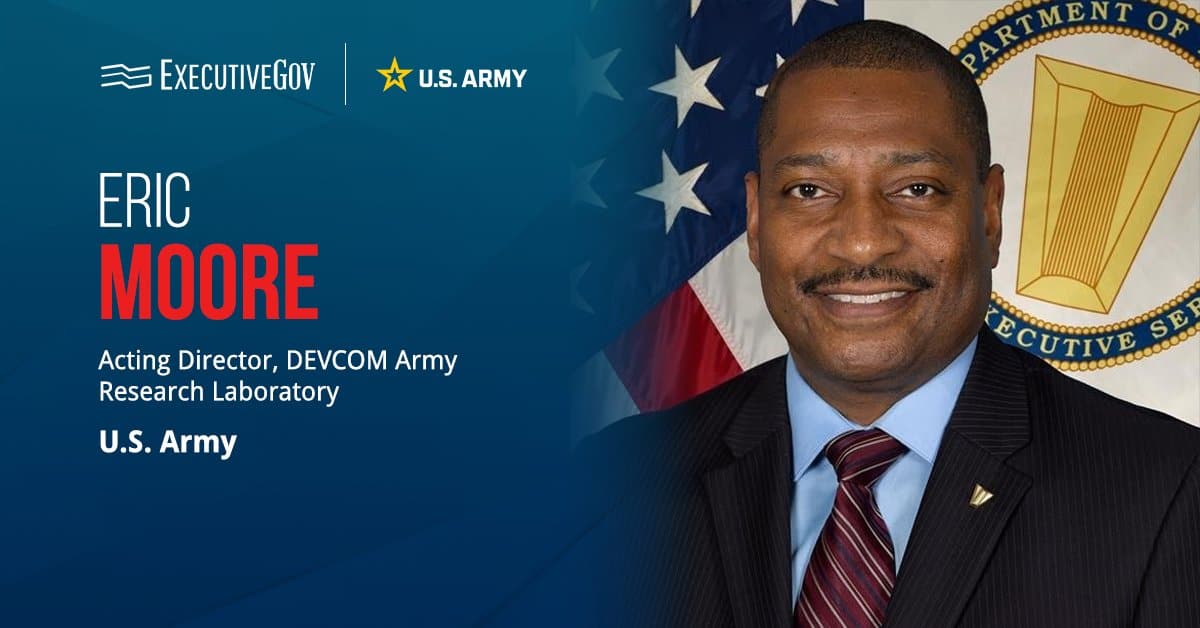The White House Office of Science and Technology Policy has issued a new strategy outlining the goals, needs and actions required in the next five years to strengthen the microelectronics research and development infrastructure in accordance with the CHIPS for America Act.
The National Strategy on Microelectronics Research calls for the White House, federal agencies, academia, industry and international partners to work together to pursue four interconnected goals, the White House said Friday.
The four goals are enabling and accelerating research advances for future generations of microelectronics; supporting, building and bridging microelectronics infrastructure from research to manufacturing; growing and sustaining the technical workforce for the microelectronics R&D to manufacturing ecosystem; and creating a vibrant microelectronics innovation ecosystem to accelerate the transition of R&D to U.S. industry.
Each of the four goals comes with specific objectives.
For the first goal, objectives include accelerating R&D of materials that provide new capabilities; increasing the capabilities of circuit design, simulation and emulation tools; developing a diverse array of robust processing architectures and associated hardware needed for future systems; and prioritizing hardware integrity and security as an element in co-design strategies across the stack.
“This whole-of-government strategy encourages the microelectronics R&D community to bring their diverse expertise, entrepreneurial spirit, and drive to focus on a common purpose—to ensure that America remains a global leader in this important field,” said Stephen Welby, deputy director for national security at OSTP.
“We now turn to the implementation of this strategy, leveraging the once-in-generation investments by government and the private sector—fueled by President Biden’s CHIPS and Science Act and the urgency to energize U.S. semiconductor innovation for the future,” Welby added.





